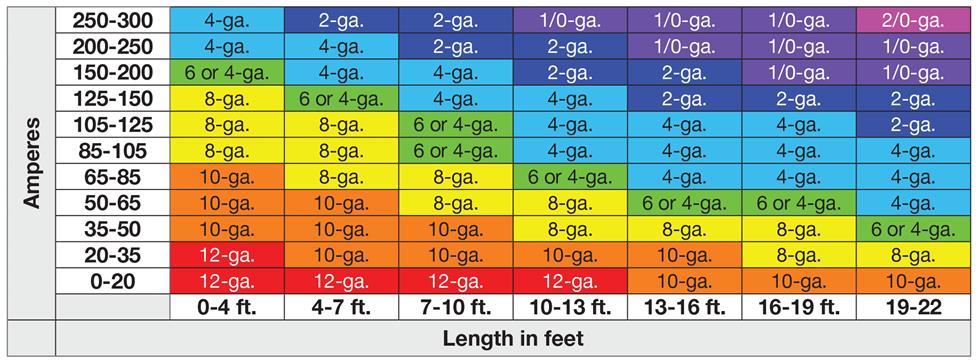- Messages
- 13,419
- Reaction score
- 13,537
- Points
- 857
- Location
- Royal, AR
- Boat Make
- Yamaha
- Year
- 2007
- Boat Model
- SX
- Boat Length
- 23
Could i use my negative block for the amp instal? It has 10 gauge wire stright to the negative on the batteries
You have me there. The safe answer is no. The industry standard is to use the same size wiring for the positive and negative. As the negative wire is typically shorter in automotive applications there is no need for such a large wire on the negative side. So this must be done for appearance.
I may do some testing after hooking up my amps. The question is one of physics. How many electrons are returning to the battery. Our amplifiers are sending current through the speakers. Some of that is converted to electromagic energy (force) another portion is converted to heat but how much flows back to the battery.
In residential AC electrical installations it is an accepted practice to share a neutral (negative) wire between two circuits.

 thats what it felt like reading that! Lol
thats what it felt like reading that! Lol